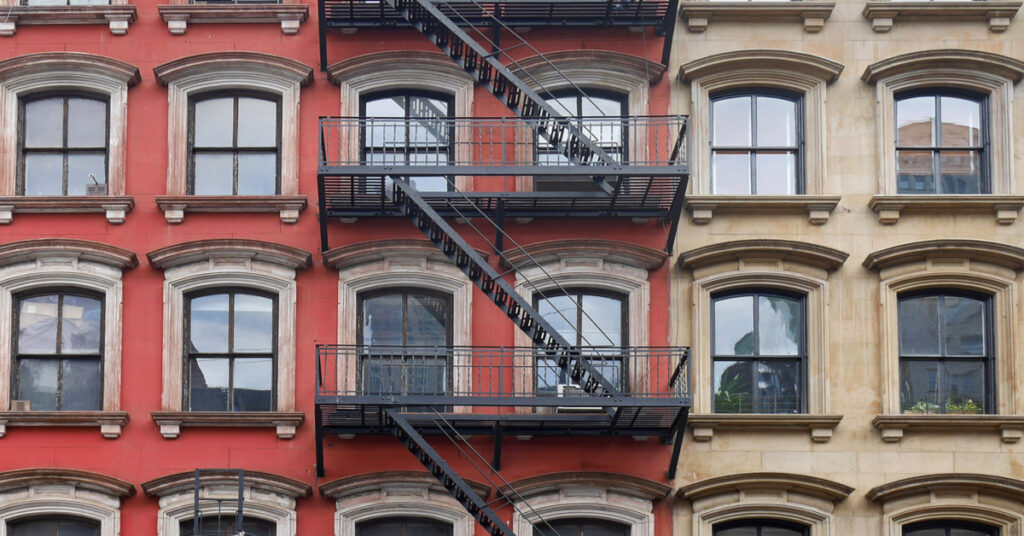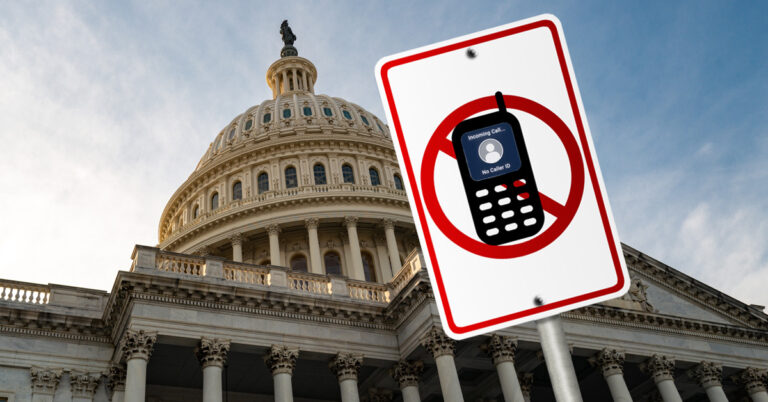The multifamily market ended 2023 on a bittersweet note, closing the year with a slight annual gain in rents but a discouraging five-month streak of decreases, according to Yardi Matrix.
The average asking rent dropped $4 month over month in December to fall to $1,709, per Yardi’s figures. Over the five-month skid, average asking rents fell $17. And while rents still saw an aforementioned year-over-year uptick, the slight gain of 0.3% was nearly the smallest since 2010. Only the 0.1% pick-up during pandemic-roiled 2020 was weaker. Last year’s increase certainly pales in comparison to the 6.4% annual growth rate of the year prior.
Rent growth appears set to continue muting in the foreseeable future, Yardi reports. Negative rent growth is on the upswing among large rental hubs, with five of the top 30 rental markets tracked by Yardi (Las Vegas; Portland, Oregon; Phoenix; Orlando; and Austin) down by 3.0% or more year over year. Austin had the largest backtrack at 5.7% year over year, a consequence of the slew of new units deliveries throughout the city, as well as the rest of the Sun Belt, throughout 2023.
Despite the ongoing slump, however, Yardi’s rent outlook offers some respite from gloom. The analytics firm noted in its latest National Multifamily Report that “while it is prudent to prepare for downside scenarios, conditions may not be as weak as they appear on the surface.”
For one thing, the resilience of the labor market and continued strength in household formations both portend more robust demand ahead. Through November last year, apartment absorption was at 285,000, a figure in line with recent years when the rent needle was pointed steadfastly upward. Absorption remains steady nationwide, even in markets where rent growth has dropped into the red due to an influx of supply. And the inventory surge in many cities looks set to moderate somewhat; more than 500,000 units are still on track to be delivered this year, but starts are slowing. The rate environment has put a damper on new starts and stemmed the active pipeline, though the biggest impact on actual deliveries likely won’t be seen until 2026.
The job market, in particular, serves as an interesting demand indicator. Despite the hawkish interest rate policy from the head, employment has generally held serve, and household across the country have kept their balance sheets above water and maintained spending with the unemployment rate staying under 4.0% for two years running. All things considered, the health of the economy as it keeps chugging along even through uncertain waters is helping to buoy Yardi’s forecast, which anticipates “modest but positive” rent growth in most markets this year.








